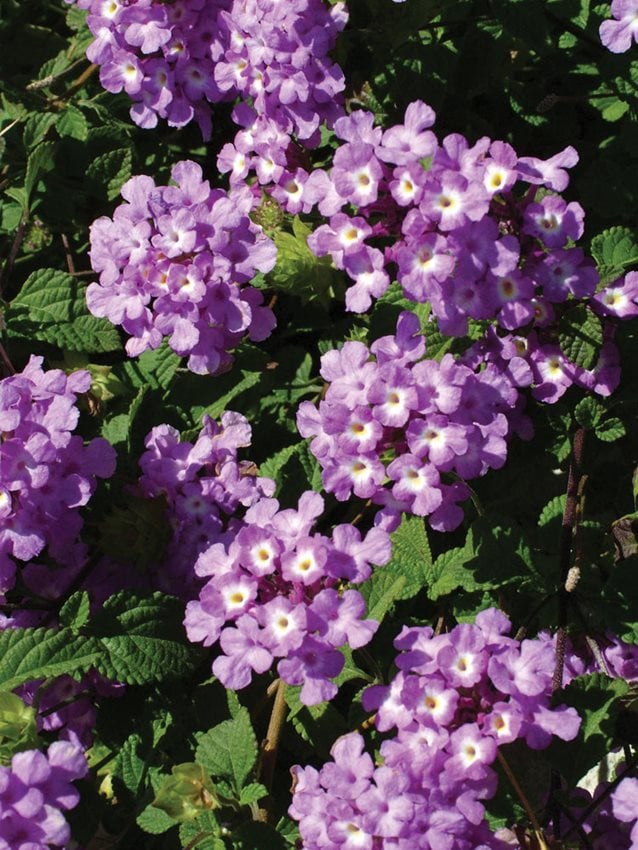

The ground is easier to work, since the soil is generally moistureĭo not divide Echinacea (or any other perennial) when they are blooming, or while they are forming seeds just after blooming.The ground is generally moist, making keeping the plant hydrated less of a concern.Cooler temperatures also mean less evaporation of moisture on the ground.

The temperatures are cooler, meaning there won’t be much of a heat load on the plant.There are some other reasons why Early Spring and Late Fall are the best time to divide Purple Coneflower. Once the temperatures warm up and the growing season resumes, the plant will resume growing as if it had been in it’s new location the whole time! Think of it like someone who falls asleep watching TV, wakes up an hour later wondering how they got there, and then just goes about their business. When perennials are dormant, you can basically dig them up and move them to a new location. The best time to divide Echinacea Purpurea is in Early Spring or Late Fall when the plant is either dormant (not actively growing), or nearly dormant. What time of year should you divide Echinacea? Smaller clumps can be divided, but you just need to be extra careful. Typically I don’t divide any plant that is less than 6″ diameter (18 cm). You also should only divide mature plants that are at least 3 years old. How large does Echinacea need to be before dividing? If you are unsure of what coneflower you have, you can view some detailed pics of Common Purple Coneflower here, or Pale Purple Coneflower.
#Purple coneflower info how to#
So, this article will tell you how to safely divide Echinacea Purpurea, common Purple Coneflower. Dividing plants with taproots can be done, but is very difficult and often results in the death of the plant. All other species of Echinacea have a taproot, and it is best not to divide those. Of that genus, only Echinacea Purpurea has a fibrous root system and can therefore be divided. Why you can only divide Echinacea purpureaĮchinacea is a genus of flowers covering many species. Looking for more tips on coneflower? Then have a look at our comprehensive guide for Echinacea purpurea. Always give the plants a drink of water after dividing and transplanting. Also, with Echinacea Purpurea this isn’t required, but any transplanted plant will benefit from having some compost added to the hole.ħ – Water your plants. You will likely need some extra topsoil or potting soil to help backfill the original plant. Then I find another spot to plant the other half. I generally replant one of them in the original location. But a strong garden knife or even a shovel (for extra big plants) can be used too.Ħ – Plant your divided Echinacea Clumps.

I like to use a small hand saw to cut through the plant. You will then be able to locate each individual clump.ĥ – Divide the plant. If you are trying to maximize the number of plants you can get, soak the clump in a bucket of water, or rinse with a garden hose. Use a trowel or small shovel to remove any excess dirt so that you can find the main portion of the plant. Once you have gone all the way around, start to lift the clump out of the ground.Ĥ – Knock away any excess dirt. Dig at a 45 degree angle, working your way around the perimeter of the plant. Start your shove about 2-3 inches outside of the plant (5-8 cm). However, if you know the ground is very moist, or this is in early Spring/Late Fall, you can skip this step.ģ – Dig out the plant. Water the plant and surrounding area thoroughly the day before you divide it. So be sure to view that so you can see the process in action!ġ – Find your Plant! Locate your plant you wish to divide, and clear any debris or leaves away from itĢ – Make sure the soil is moist. Please note that we have a short video showing this process at the end. Illustrated Guide for dividing Echinacea Purpurea, with Pictures You should have the following tools, or their equivalents before dividing Echinacea Purpurea
#Purple coneflower info free#
Now, if after reading this guide you have any questions, feel free to email us and ask! Tools for Dividing Purple Coneflower Plant the pieces of root immediately to the same depth they were removed and water. Use a gardeners knife, pruning saw, or shovel to cut the root mass into 2-3 pieces. In early Spring or late Fall, dig up the root mass. You can divide Echinacea purpurea every 3 to 5 years. With my step by step guide and video you are sure to successfully divide your plants! Dividing perennials is very easy, even if cutting a plant in half may seem strange. Are your coneflowers getting really big? Are the centers dying while the rest of the plant seems healthy? It may be time to divide your Echinacea purpurea.


 0 kommentar(er)
0 kommentar(er)
